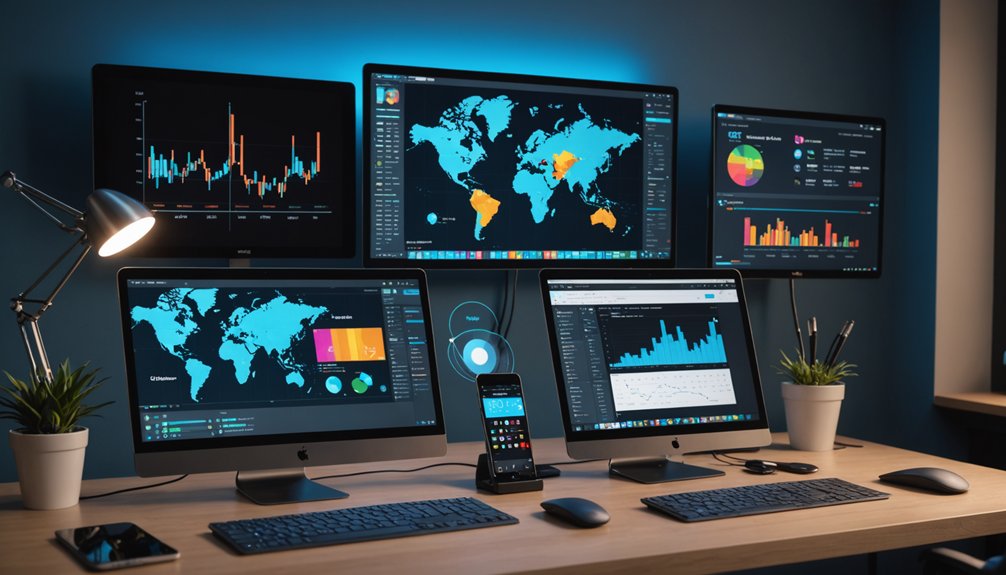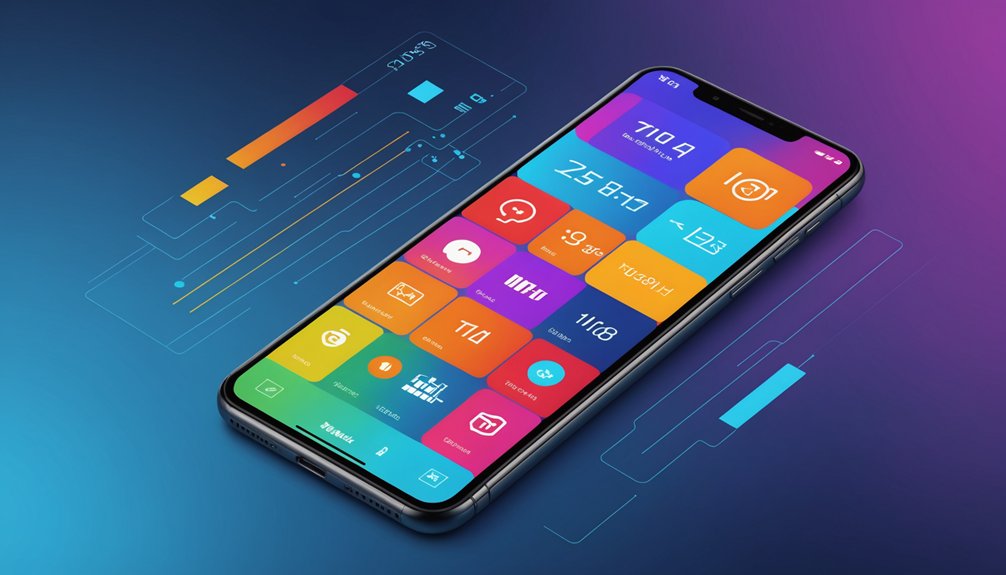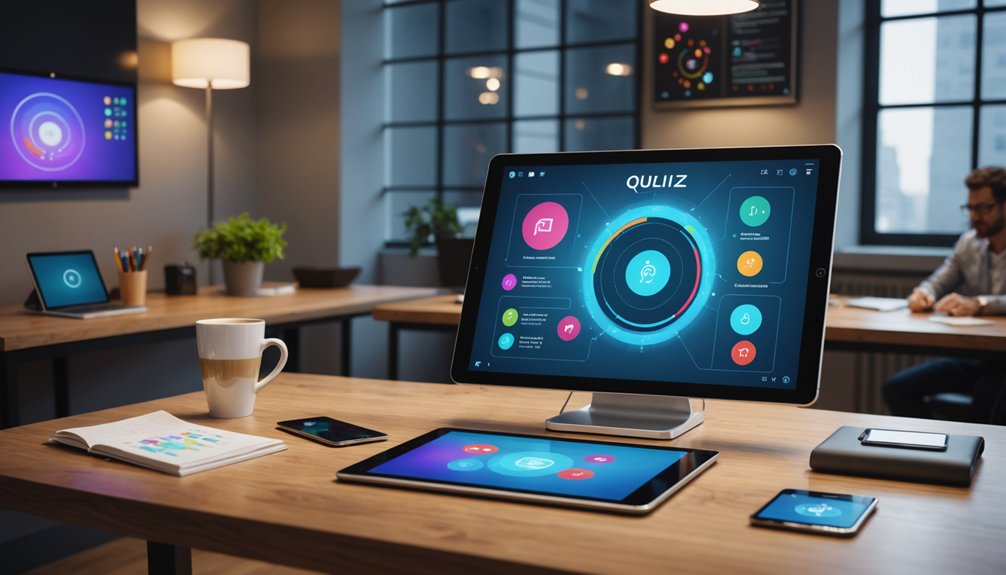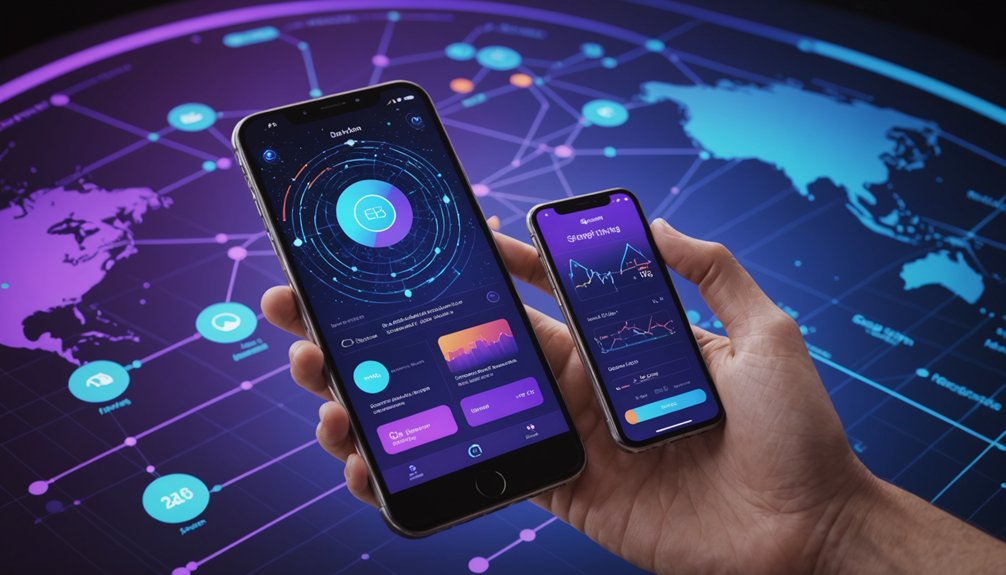Ideal social media posting times continue evolving with platform algorithms. Midweek afternoons capture peak engagement, while Tuesday mornings (9-11 AM) hook audiences starting their workweek. Wednesday and Thursday maintain strong performance, particularly around lunch hours. LinkedIn thrives during business hours, while weekend warriors should target Saturday noon or evening slots. Time zones matter—a perfectly-timed New York post might reach Tokyo at 3 AM. Consistency trumps perfection. The data reveals more nuanced patterns beneath these general rules.

While creating great content matters, timing that perfect post can make or break your social media strategy. Recent studies show that midweek afternoons remain golden hours for engagement across platforms, but don’t sleep on Saturday posts either. Turns out, people doom-scrolling during their weekend downtime are pretty active consumers. Who knew?
Platform-specific data reveals distinct patterns worth noting. X (formerly Twitter) thrives Tuesday through Thursday, specifically between 8-10 AM and 3-4 PM. People checking their feeds during morning commutes and afternoon slumps. Classic. Social listening tools help businesses monitor and analyze these engagement patterns across platforms in real-time. Tools like BillyBuzz Analytics excel at tracking conversations and engagement metrics across social platforms.
BlueSky users engage more midday Wednesday through Friday. Meanwhile, LinkedIn caters to the professional crowd during work hours. Shocking.
The Tuesday morning sweet spot (9-11 AM) captures audiences settling into their workweek. Wednesday afternoons (3-4 PM) deliver that mid-week engagement boost when everyone’s procrastinating on actual work. Thursday lunches (12-1 PM) see heightened activity as weekend anticipation builds.
Friday engagement peaks earlier—between 9 AM and 2 PM—as people mentally check out for the weekend. Early Friday posts can leverage positive weekend feelings as users excitedly wrap up their work week. Content type matters too. Different posts perform better at different times. Nobody wants to see your inspirational quote at 11 PM on a Saturday. Time it right.
For weekend warriors, Saturday posts at noon, 7 PM, and 8 PM capture audiences during their downtime. Sundays remain more unpredictable, but evenings generally work well when everyone’s avoiding Monday thoughts.
Global audiences complicate things further. Time zones matter. A perfectly timed post for New York might land at 3 AM in Tokyo. Not ideal. Geographic targeting helps maximize engagement across regions.
Consistency remains essential. The algorithm gods reward regular posting schedules. Three to five posts daily on faster platforms keeps you visible without annoying followers. Balance is everything. Utilizing specialized automation tools can help maintain this consistency while freeing you to focus on creating quality content.
Ultimately, data trends provide guidance, not guarantees. Track your metrics. Adapt accordingly. Social media timing isn’t rocket science, but it’s not random either.
Frequently Asked Questions
How Do Posting Times Vary for Different Industries?
Posting times vary dramatically across industries.
Construction and manufacturing keeps it modest at 2-3 posts weekly, typically during business hours.
Retail goes all out with 8+ posts weekly, finding morning engagement essential.
Healthcare sweet spot? Mid-morning, 10AM-1PM Eastern.
Hospitality kills it during lunch breaks.
Government and financial services? Morning and afternoon breaks work best.
Weekdays trump weekends for engagement.
Post too much? Audience fatigue is real.
Can AI Tools Schedule Posts at Optimal Times Automatically?
Yes, they can. Modern AI scheduling tools analyze engagement patterns and automatically post content when your audience is most active. No more guesswork.
Tools like SocialBee, Buffer, and FeedHive not only suggest ideal times but handle the posting without human input. The AI continuously learns from performance data, adapting to algorithm changes. Pretty convenient, right?
These systems work across platforms too—Facebook, Instagram, TikTok, whatever you’re using.
How Often Should Posting Time Strategies Be Reassessed?
Posting time strategies need reassessment every 1-3 months. No exceptions.
Algorithms change constantly, and audience behaviors shift like weather patterns. Seasonal fluctuations matter too—summer engagement looks nothing like winter patterns.
Nearly 29% of marketers swear by data-driven approaches for a reason. Track those metrics religiously.
External factors (holidays, global events) can throw everything off overnight. What worked last quarter? Probably won’t cut it now.
Do Hashtags Affect Optimal Posting Times?
Hashtags and posting times work independently, but together? Magic happens.
Research shows they don’t directly alter ideal posting windows, but they amplify each other’s effects. A perfectly timed post with relevant hashtags gets more eyeballs, period.
For smaller accounts (under 5,000 followers), hashtags boost reach by 36%.
Weird fact: posting at 8AM Wednesday with trending hashtags can create a visibility double-whammy. Data doesn’t lie.
How Do Algorithm Changes Impact Recommended Posting Schedules?
Algorithm changes constantly reshape the social media landscape.
When platforms tweak their formulas, visibility patterns shift dramatically. Yesterday’s perfect posting time? Obsolete today.
Morning posts that once dominated feeds might now vanish into the algorithmic abyss.
Content relevance decay happens faster now. Platform priorities—like Instagram’s push for Reels or Facebook’s family-first approach—mean businesses must adapt or disappear.
Testing matters more than ever.
The only constant? Change itself. Nobody’s got time for outdated schedules.




